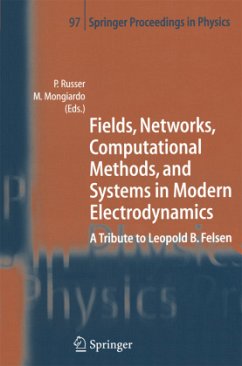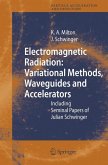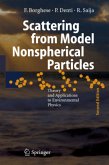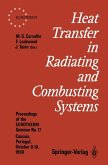On June 1St 2004 the Faculty of Electrical Engineering and Information Technology of the Technische Universitat Miinchen bestowed the degree of the doctor honoris causa to Leopold B. Felsen, for extraordinary achievements in the theory of electromag netic fields. On this occasion on June 1St and 2nd 2004 at the Technische Universitat Miinchen a symposium on "Fields, Networks, Computational Methods, and Systems: A Modern View of Engineering Electrodynamics" in honor of Leopold B. Felsen was organized. The symposium topic focused on an important area of Leopold Felsen research interests and, as the title emphasizes, on a modern view of applied Electro dynamics. While the fundamental physical laws of electrodynamics are well known, research in this field is experiencing a steady continuous growth. The problem -solving approaches of, say, twenty years ago may seem now fairly obsolete since considerable progress has been made in the meantime. In this monograph we collect samples of present day state of the art in dealing with electromagnetic fields, their network theory representation, their computation and, finally, on system applications. The network formulation of field problems can improve the problem formulation and also contribute to the solution methodology. Network theory systematic approaches for circuit analysis are based on the separation of the circuit into the connection circuit and the circuit elements. Many applications in science and technology rely on computations of the electromagnetic field in either man-made or natural complex structures.








